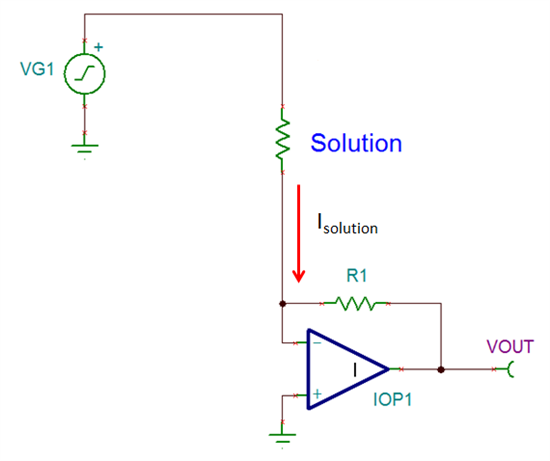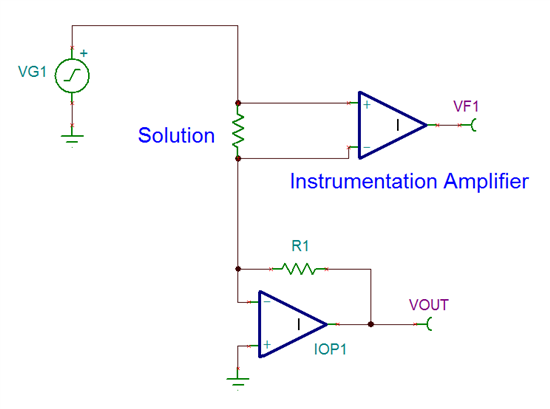Hi,
I want to measure the electrical conductivity in solutions, using a EC sensor that consists of one pair of electrodes immersed in a solution. When a voltage is applied between this two electrodes, the ions of that solution are attracted to the oppositely charged electrode and move toward it as the current flow in the solution. And so it is possible to measure the EC.
To avoid polarization, an AC voltage must be applied. And this can be done by applying a filtered square wave from a microcontroller output. (square wave + filter = sine wave, if the filter is correctly applied)
We could see this EC like a variable resistor.
I would like to know, what is the best way to measure the resistance value when an AC voltage is applied? I found a very poor website talking about using Wheatstone bridge, and using a differential amplifier.
Any others ideas are welcome,
Thanks in advance,
A. Paiva



